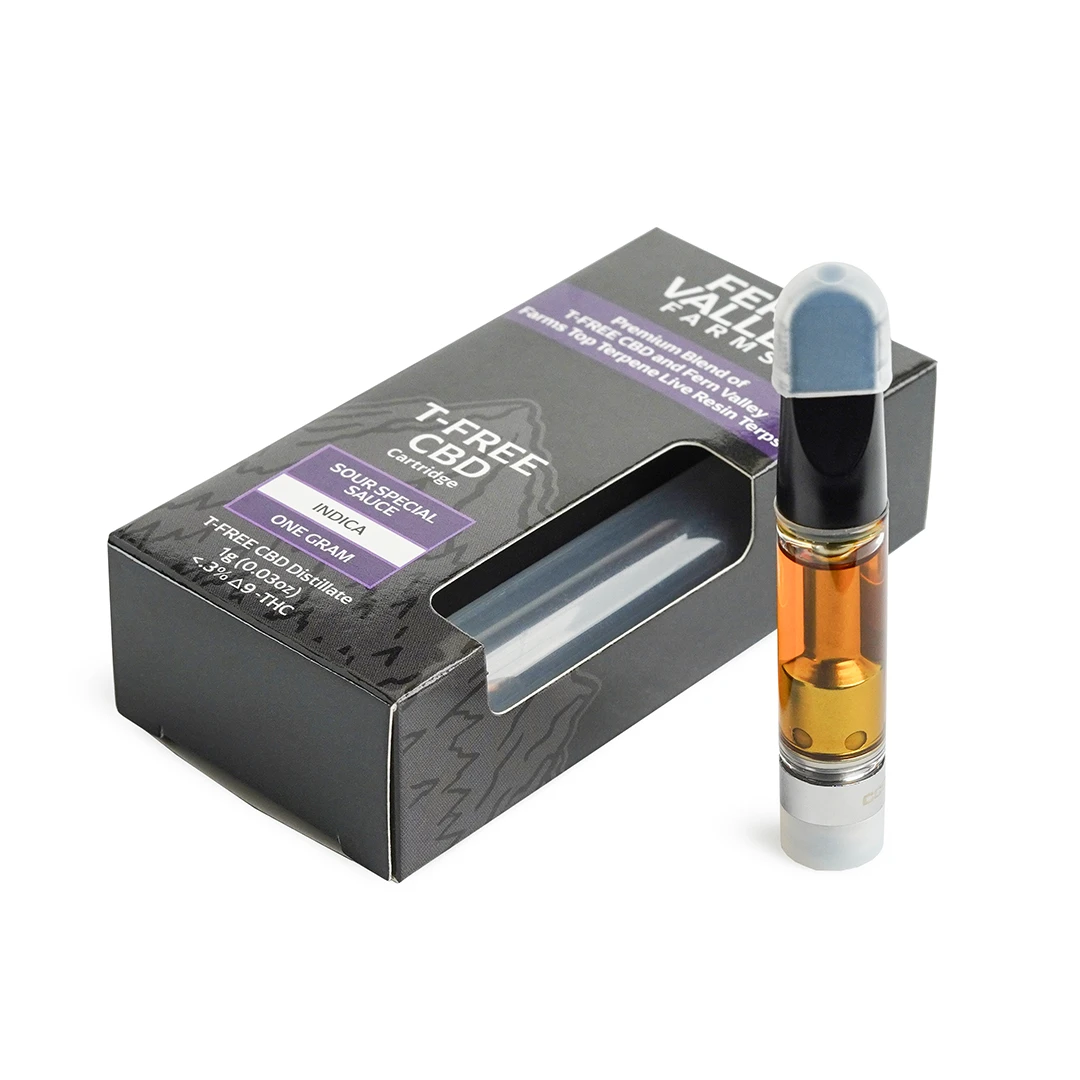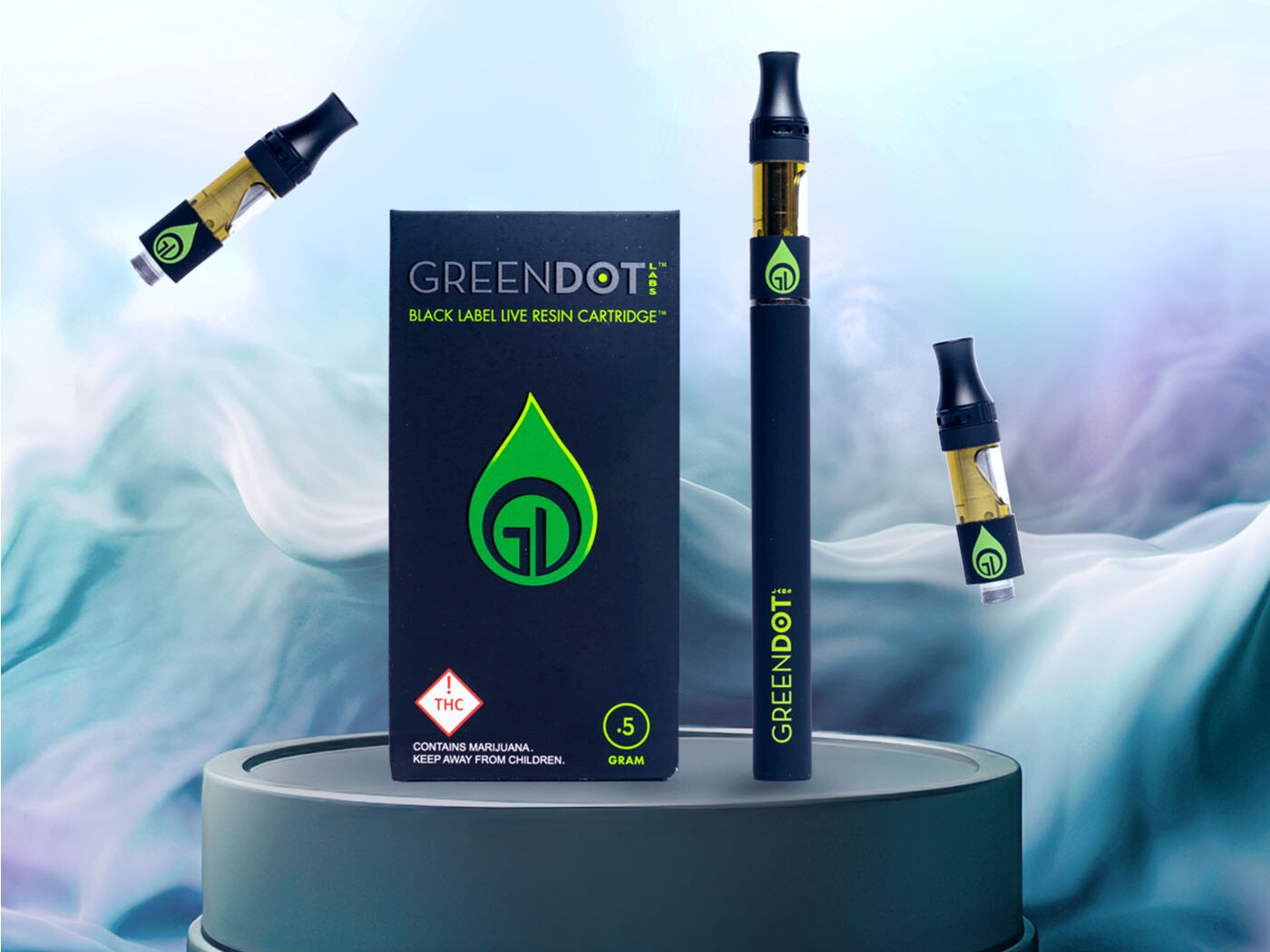What Makes Big Chief Carts a Must-Have for Vaping Enthusiasts
The Environmental Influence of Non Reusable Carts: What Cannabis Users Need to Know
The rise in marijuana intake has accompanied a worrying increase in the use of non reusable vape cartridges, a trend that poses significant ecological obstacles. The single-use nature of these items aggravates plastic air pollution and adds to a larger carbon footprint with their production and disposal processes. As awareness expands pertaining to the environmental effects of these options, cannabis users need to examine their intake habits and consider the more comprehensive repercussions of their choices. What options exist, and exactly how can users make educated choices that line up with an extra lasting future?
Comprehending Disposable Vape Carts
These tools generally consist of a pre-filled cartridge consisting of cannabis oil, a battery, and a home heating aspect. This mix enables users to inhale vaporized marijuana without the demand for combustion, which is frequently perceived as a cleaner option to conventional cigarette smoking.
Nevertheless, the convenience of non reusable vape carts comes with considerable factors to consider. The materials made use of in their building and construction pose obstacles for recycling and biodegradation, as many parts do not quickly damage down in natural atmospheres.
Environmental Effects of Plastic
Plastic air pollution has arised as one of the most pressing environmental challenges of our time. The manufacturing and disposal of plastic items, including non reusable cannabis carts, add considerably to this crisis. Roughly 300 million lots of plastic are produced every year, with a substantial section locating its method right into landfills and natural environments.

Beyond wildlife, plastics also add to soil and water contamination, as hazardous ingredients and chemicals seep right into the environment. The energy-intensive procedures associated with plastic production worsen environment adjustment by releasing greenhouse gases.
As cannabis customers significantly turn to disposable carts for convenience, it is important to recognize their plastic components and the more comprehensive implications of their usage. Resolving plastic pollution calls for cumulative activity and a change towards more lasting techniques, emphasizing the need for alternatives and proper disposal techniques.

The Lifecycle of Non Reusable Carts
Many consumers might not understand the facility lifecycle of non reusable cannabis carts, which includes various stages from production to disposal. The lifecycle starts with the removal of basic materials, primarily plastics and steels, which are processed and formed right into the parts of the cart. This production procedure typically entails substantial power intake and exhausts, adding to the general carbon impact.
As soon as produced, these disposable carts are filled up with marijuana oil, commonly packaged in additional products for retail circulation. Making use of these products normally leads to a single-use circumstance, leading to a fast rise in waste. After a customer has actually finished using a non reusable cart, it is often disposed of incorrectly, exacerbating ecological issues.
The disposal stage is vital, as many of these carts are not recyclable because of their composite materials. They frequently finish up in land fills, where they add to lasting ecological pollution. Furthermore, the break down of plastics in landfills can launch dangerous materials right into the dirt and water. Understanding this lifecycle is necessary for marijuana users, as it underscores the ecological effects of their usage choices and motivates a lot more enlightened decisions regarding product use.
Sustainable Alternatives for Users
As ecological concerns surrounding non reusable cannabis carts continue to rise, individuals are progressively seeking lasting alternatives that decrease eco-friendly influence. Big Chief carts. One sensible alternative is using refillable vape pens, which permit consumers to purchase e-liquid or oil wholesale and refill their tools this hyperlink numerous times. This substantially lowers the amount of plastic waste generated, as customers can keep the very same gadget for an extensive duration
Another lasting alternative is the use of naturally degradable or compostable cartridges made from environmentally friendly materials. These items are made to damage down a lot more naturally than conventional plastics, hence lessening their dangerous effects on the environment. Additionally, some companies are now supplying glass cartridges, which can be recycled or reused, further reducing waste.
Moreover, going with local and organic cannabis products can add to sustainability by sustaining ecologically liable farming techniques. Customers can likewise advocate for brand names that focus on sustainability in their production procedures. By making thoughtful options regarding their intake, cannabis individuals can play an important function in advertising environmentally pleasant practices within the market, inevitably leading to a much more sustainable future for marijuana consumption.
Acting for Modification
A considerable change in the direction of sustainable techniques within the marijuana industry calls for aggressive engagement from policymakers, manufacturers, and consumers alike. Consumers play a crucial role by promoting for environment-friendly products and sustaining brands that prioritize sustainability. By choosing recyclable or refillable options over disposable carts, customers can indicate to suppliers that there is a demand for environmentally liable choices.
Suppliers should also take the effort by buying study and development of lasting product packaging solutions. Developments such as closed-loop systems and biodegradable materials can significantly lower waste. Transparency in sourcing and production processes is important, enabling consumers to make educated options regarding their purchases.
Policymakers can facilitate this change by applying guidelines that urge sustainable practices within the market (Big Chief carts). Incentives for business adopting green technologies and more stringent laws on single-use plastics can drive considerable enhancements
Collective efforts amongst these stakeholders will certainly be crucial in attending to the ecological obstacles presented by disposable carts. By promoting image source a society of sustainability within the marijuana community, it is feasible to minimize environmental impacts while advertising liable intake. Ultimately, cumulative action can cause a much more sustainable future for the cannabis industry and the planet.
Verdict
The environmental effect of disposable vape cartridges requires immediate attention from marijuana individuals. By focusing on ecologically friendly choices, customers can play a critical duty in reducing waste and fostering an extra sustainable marijuana culture.
The production and disposal of plastic items, including disposable cannabis carts, add considerably to this crisis.Several customers may not understand the facility lifecycle of disposable cannabis carts, which incorporates different stages from production to disposal.Once generated, these disposable carts are loaded with cannabis oil, usually packaged in secondary products for retail distribution.As environmental concerns surrounding non reusable cannabis carts continue to rise, customers are progressively seeking sustainable alternatives that reduce environmental impact. By making thoughtful choices concerning their consumption, marijuana page users can play an essential duty in promoting eco pleasant practices within the market, eventually leading to a much more sustainable future for marijuana usage.